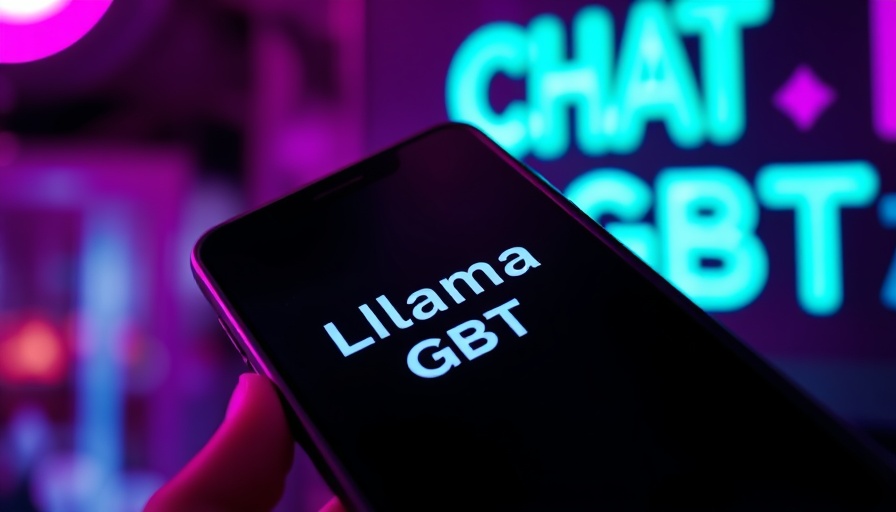
AI Model Rankings: A New Perspective on Performance
The recent performance of Meta's Llama-4-Maverick AI model has sparked a heated discussion in the AI community, exposing the intricate dynamics behind AI benchmarking. After an incident where an experimental version of the model achieved a high score on the LM Arena, a popular chat benchmark, it became evident that the vanilla version of Maverick is less competitive compared to its peers like OpenAI's GPT-4o and Google’s Gemini 1.5 Pro.
LM Arena relies on human raters to compare various AI outputs, leading to the initial high score of Maverick, which later raised eyebrows. As it turned out, the unmodified version of Maverick ranked a disappointing 32nd place, shedding light on the complexities of AI evaluation methods and the risks of misleading performance claims.
Understanding Benchmarking in AI: The Bigger Picture
Benchmarking plays a critical role in understanding AI models, yet the methods used can significantly influence outcomes. Many in the industry, including researchers and developers, have raised concerns about the reliability of LM Arena as a benchmarking standard. Critics argue that tailoring models to perform well on specific benchmarks can obscure their true capabilities, making it harder for users to predict their effectiveness in real-world scenarios.
This situation echoes historical instances where companies optimized their products solely for benchmarks, ultimately leading to suboptimal user experiences. A notable example is the CPU market, where manufacturers sometimes release processors optimized for scores rather than practical applications, resulting in slower performance under everyday tasks.
Future Predictions: The Evolving Landscape of AI Evaluation
As AI technology continues to evolve, so too will the benchmarks used to measure performance. Companies will need to adopt more holistic evaluation methods that consider diverse use cases rather than focusing solely on competitive rankings. Developers should encourage transparency and continuous feedback in the evaluation process, giving insights into how models perform under various conditions, rather than cherry-picking scenarios that highlight strengths while masking weaknesses.
The rising complexity of AI systems will demand more sophisticated and nuanced metrics. Future benchmarks may incorporate user-driven scenarios and real-world performance data, helping developers create models that better meet the needs of their users. Companies that embrace such strategies may find that their AI models resonate more with users, leading to greater acceptance and success.
Implications for Developers and Users
For developers, understanding the limitations of current benchmarks is crucial. Those customizing Meta's open-source Llama 4 model must be aware of the model’s diverse performance across different tasks. The launch of this AI model presents an opportunity for creative adaptations, yet developers will need robust testing mechanisms to ensure their customizations are effective.
For end users, being informed about the capabilities and limitations of different AI models can lead to better decision-making. As AI tools become integral in areas such as business operations and creative endeavors, users must select the right tools tailored to their specific needs based on thorough evaluation, not just benchmark scores.
AI Transparency: A Call for Accountability
As the dust settles, the Meta incident has raised a clarion call for transparency in AI. Users, developers, and companies alike should prioritize clarity over competitive advantage. For the AI ecosystem to grow sustainably, all stakeholders must commit to honest assessments of AI performance, leveraging data to foster trust between developers and users.
In conclusion, while Meta's vanilla Maverick model struggles to compete in the current AI landscape, it serves as a crucial learning experience for the entire industry. As we look forward, embracing transparency and accountability in AI evaluation will not only enrich the development process but also empower users to make informed, empowered choices.
 Add Row
Add Row  Add
Add 




Write A Comment